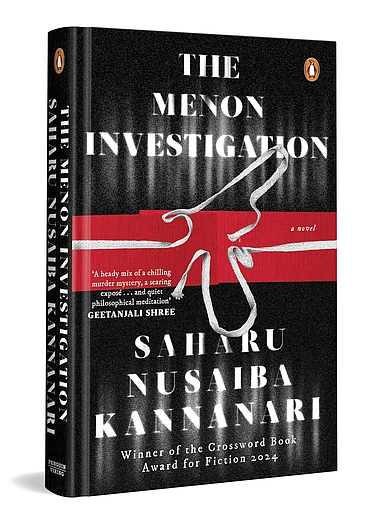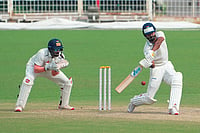Flick through the pages of Jalsa, and you can’t quite decide if you are holding a glossy scrapbook or a slim coffee-table book. But between the pages, Vidya Shah, a popular vocalist and composer, manages to tell you a story that was waiting to be told. It’s the story of how women musicians made the transition from salons to recording studios.
The book juxtaposes photographs and interviews with panache, evoking an era which was skimmed over till now. The measured tone of the narrative and its anecdotes help you sketch a portrait of the period. Sample this: sound engineer Fred Gaisberg, who did India’s first recording in Calcutta, writes: “We made our first native records. Two little nautch girls, 14 and 16, with miserable voices. They persisted in covering their faces and never got over the embarrassment we inspired.” Or, that when asked to announce his name at the end of a recording, sitar maestro Enayet Khan said: “Prof Enayet Khan sitariye, Vilayat Khan ke baap.”
Women musicians of the late 19th and early 20th centuries have often been eulogised for their artistry, but the story of the connection between their music and the earliest recording companies that came to India is novel. That’s what Vidya Shah, ably supported by her photographer-husband Parthiv Shah, have pulled off. She analyses why women performers outshone their male counterparts—courtesans had no reservations about sharing their repertoire, unlike the ustads. Also, since they were professionals and the record industry offered one more avenue to reach out to an audience, the courtesans cashed in.
The socio-economic implications of what the gramophone did to the lives of both practitioners and listeners, how it changed the way music was presented is dealt with in depth. As Shah points out: “Having to sing into the horn of the phonograph, vocalists were bound to limit their natural head movements”. The chapter Singing Sensations has profiles of courtesans/baijis, who tailor-made their musical presentations to fit the format of a three-minute disc. So, about India’s first diva, the flamboyant Gauhar Jan, the book says: “Matchboxes made in Austria and selling in India at the time carried her picture on their labels, and her photograph was featured on postcards across the country”. She died after a brief illness at age 57, leaving behind 150 of her records and some photographs. Later, technology improved, and even highbrow male performers jumped on to the bandwagon.
Then there are others. Zohra Bai Agrewali, a star khayal singer who recorded 60 songs on 78 rpm; Janki Bai Allahabadi, whose fee shot up from Rs 250 for 20 songs in the 1920s to Rs 5,000 in keeping with her popularity; the hugely talented Kesarbai Kerkar, who had misgivings about recording technology, then did a turnaround; and Jaddan Bai (mother of Nargis), who went from being a tawaif to a film actress in Bombay, and then became the owner of Sangeet Movietone, a film company.
In the section Jalsaghar, there are arresting photographs by Parthiv Shah. For us, it wipes off part of the dust that has settled on the splendour of places where the music wafted from (these are mostly pictures of spaces in and around Calcutta). As for the downers, a little more on the technology and economics of the recording industry would have been welcome. Also, a few laudatory sentences, like these women singers “were bigger than Hollywood stars”, are redundant. But Jalsa is an important book for anyone curious about early recording and its luminous stars.
(Priya Kanungo, a writer and classical singer, is an advisor with DD Bharti)






















